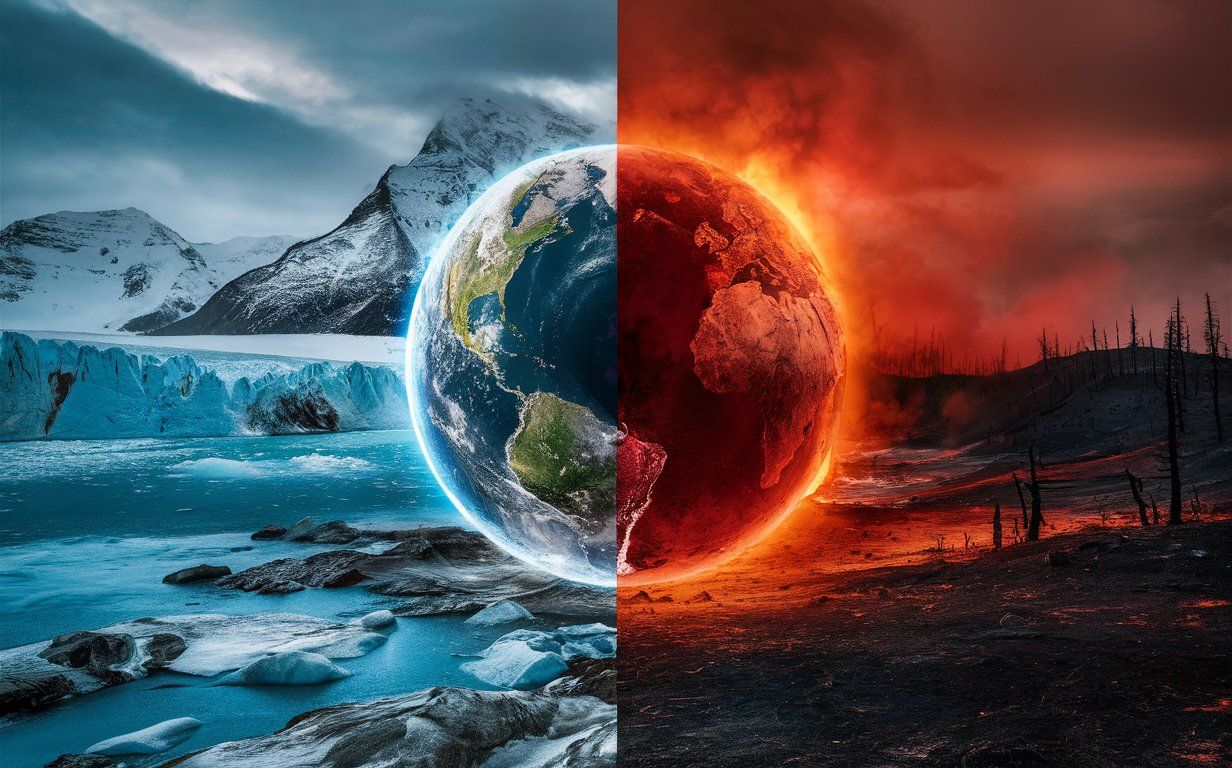The last ice age corrects climate predictions
Follow us on Google News (click on ☆)

The study uses climate data from the Last Glacial Maximum, when much of North America was covered in ice, to better predict future warming due to rising CO2. 21,000 years ago, atmospheric CO2 was less than half the current levels, with around 190 parts per million (ppm).
The research shows that the worst-case warming scenarios are less likely than previously thought. The worst-case scenario for a doubling of CO2, previously estimated as an increase of 9 degrees Fahrenheit (5 degrees Celsius), is now reduced to 7 degrees Fahrenheit (4 degrees Celsius). The most probable estimates remain unchanged, around an increase of 5 degrees Fahrenheit (3 degrees Celsius).
The researchers also developed statistical modeling techniques to integrate paleoclimate data into current climate models, yielding more realistic temperature maps of previous millennia. This study highlights that changes in clouds over oceans and alterations in ocean currents and winds caused by large ice sheets had a considerable impact on global cooling.
The results of this study allow for more accurate future predictions, reducing uncertainties about the impact of CO2 on future warming. They remind us that recent decades are not necessarily representative of the global future climate.